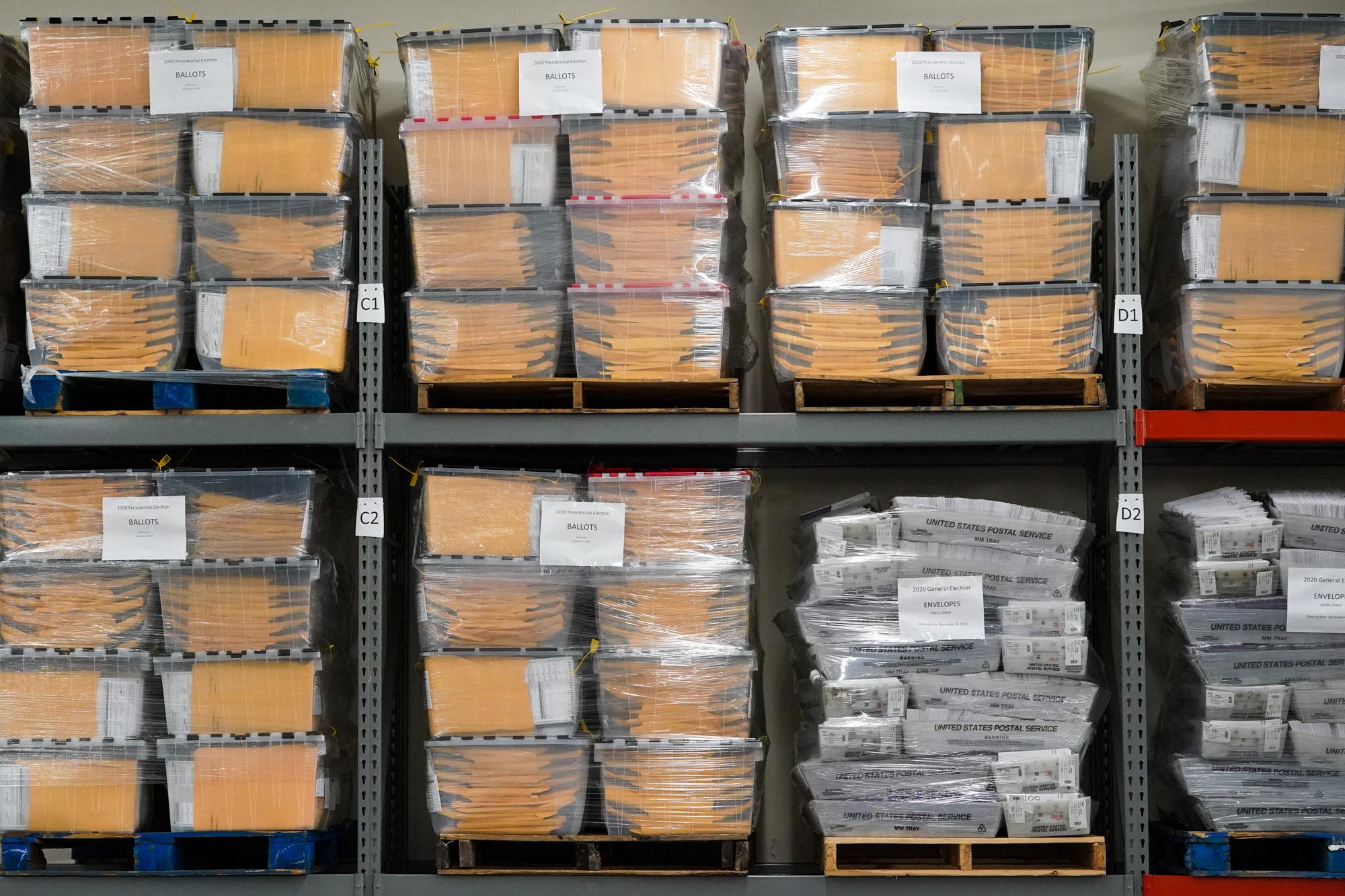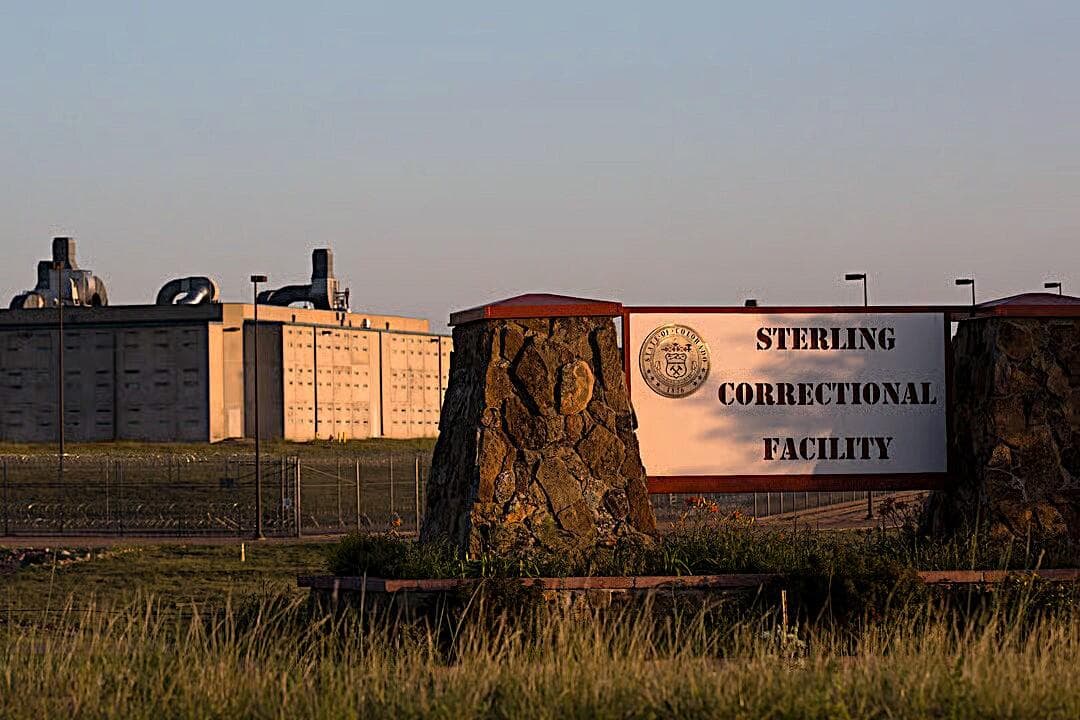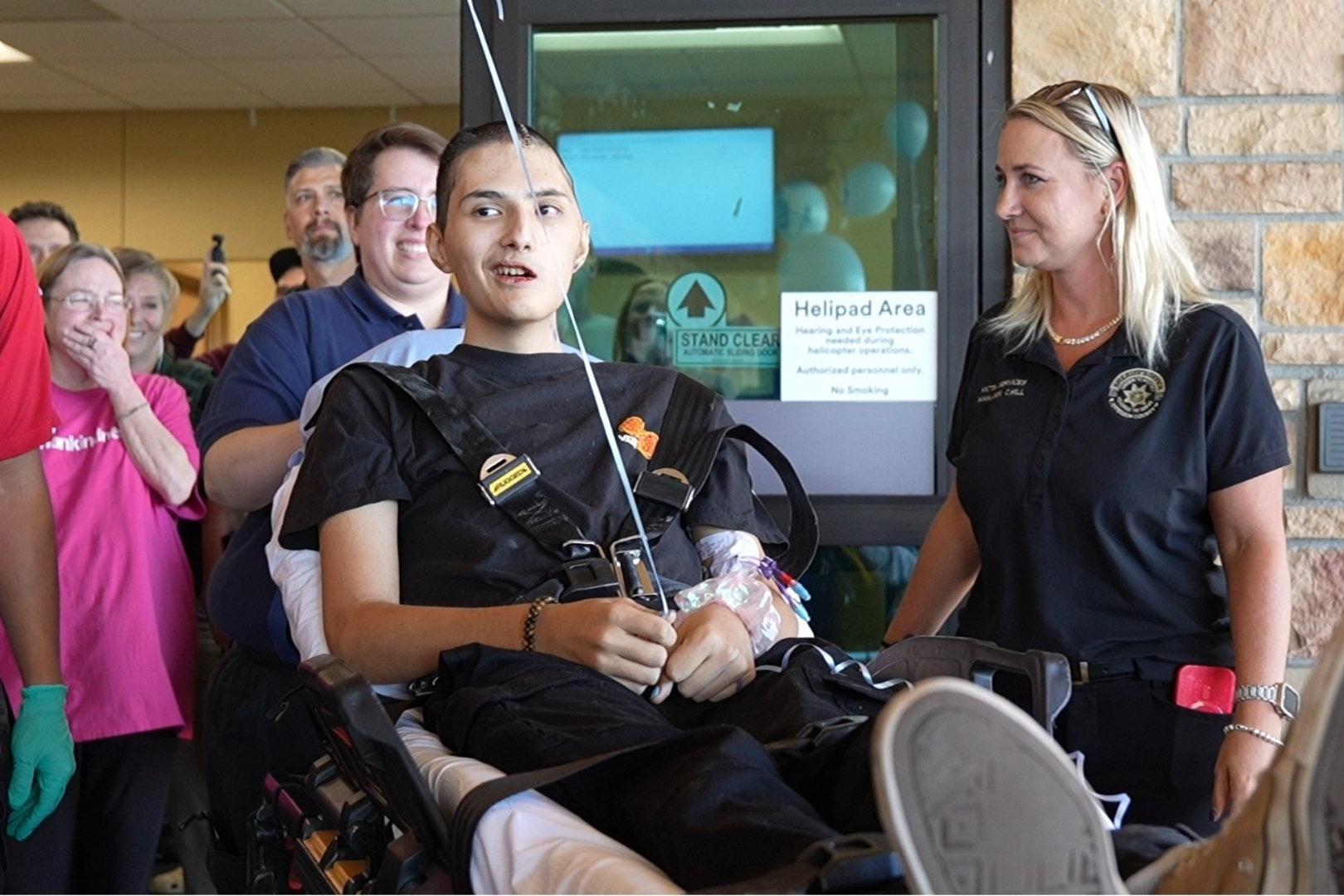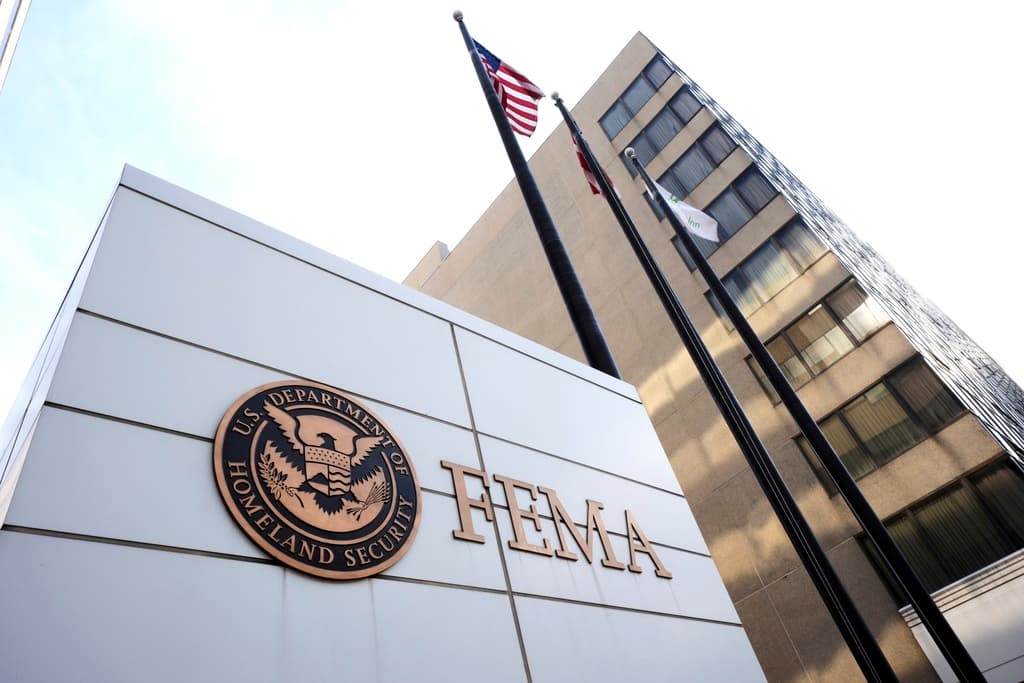
A little over 1.2 million Coloradans voted in the Republican and Democratic primaries this year, but how they chose to participate differed a lot by age and gender.
The electorate for primaries tends to look different than turnout for general elections, so CPR talked with experts and constituents to find out what these trends mean – and don’t mean.
Here’s the top takeaways from the most recent ballot return data. One note: the election has yet to be officially certified and about 38,000 ballots were still in-process when the Secretary of State’s office released this data.
Electorate skewed heavily to older voters
Nearly half-a-million people over 65 voted in the primary. That’s about 41 percent of total turnout, despite the fact they make up 15 percent of Colorado’s population, according to recent U.S. Census data. The electorate’s skew toward older voters aligns with most elections, according to Seth Masket, director of the University of Denver’s Center on American Politics. Part of this is because older voters are more experienced with the voting process and move around less, he added.
Masket also pointed to an overall trend across age groups: a low turnout election. About 32 percent of active voters participated in this primary. Turnout edged out 2018’s primary ballot returns, but fell behind 2020. That year 1.6 million people voted in the primary, compared to the 1.2 million ballots returned this year.
The youngest voters split on Republican and Democratic ballot returns
Though 18-to-24-year-olds generally lean Democratic, members of this age group narrowly returned more ballots for the Republican’s primary than the Democrat’s.
Patrick Warnaka, chair of the Colorado Federation of College Republicans, sees good things for his party in those numbers. He said that young voters are primarily looking for robust solutions, and he thinks the nominated Republican candidates can provide them.
“A lot of them are saying to themselves: ‘We voted for the Democrats, we gave you a majority in the House and the Senate and the presidency, and you still haven't fixed any of the things that you said you were going to help us out with,’” he said.
However, Colorado Young Democrats chair Chris Davis said they don’t expect this split to translate into more younger voters choosing conservative candidates in the general election. They note that Republicans had a lot more contested races, but still only half of the youngest voters chose to participate in their primary.
“While that split may be kind of nerve wracking at first surface, I don't think it's as detrimental to us as it is to the Republicans,” they said. “It suggests that even when they have competitive races worth voting in for their supporters, they aren't reaching young people in the primaries.”
How gender played a role in ballot returns
Two-thirds of male voters returned Republican ballots, while female voters split down the middle. Michaele Ferguson, a University of Colorado Boulder political science professor, said this is an expected trend for a Colorado primary, especially considering the number of contested Republican races.
But dig a little deeper, and the data shows an interesting pattern for women ages 24 to 34, who cast 900 in-person Democratic ballots. That outpaces men in the same age range by about 300 ballots on both sides of the aisle.
“Given that most of the Democratic races were unopposed, that people would go that extra step to vote in person says to me something about their motivation level, how energized they were to make a statement by showing up and voting,” Ferguson said.
Ferguson attributed the bump to the overturn of Roe v. Wade, which came days before polls closed. She noted that women in this age group didn’t turn out in similar numbers for the Republican primary.
Jess Nowell of Arvada said she had no choices on her Democratic ballot. Though she filled it out weeks before Election Day, it was the Dobbs decision that pushed her to turn it in.
“I laughed when I opened the ballot,” she said. “I was not going to turn it in, but after (the ruling), I can’t not do my part.”
Ferguson expects abortion issues to continue as a mobilizer in the general election.
This was also the first primary where the Secretary of State’s office also included an ‘X’ category for gender. Previously, the data used an “Unknown” category.
Of the 6,067 ballots counted in that category, a strong majority were for the Democratic primary. But Ferguson said it’s difficult to draw conclusions from the data, since it doesn’t track just one group.
The category lumps together people who have marked “X” as their gender, as well as those whose gender the state just doesn’t know, according to a spokesperson from the Secretary of State’s office.
Unaffiliated voters mainly voted Republican — and are a growing force in Colorado primaries
Unaffiliated voters returned Republican ballots at a higher rate than Democratic, a change from the past two primaries they could participate in.
It’s also a departure from the breakdown of unaffiliated voters who have decided to only receive one party’s ballot. 41,520 active unaffiliated voters have registered a preference for Democratic ballots, compared to 26,352 that stated a Republican preference.
That said, most active unaffiliated voters haven’t given a preference at all – they instead receive both ballots, then decide which one to submit.
One factor causing unaffiliated voters to return Republican ballots was likely the lack of choice on the Democratic side, according to Ferguson and Masket. In some areas, there were no candidates to decide between, and for the top statewide races – including governor, senate and secretary of state – Democrats ran unopposed incumbents.
That’s what pushed Brighton resident and unaffiliated voter Raul Borrastero to cast his ballot in the Republican primary. He expects to vote mainly for Democrats in the general election, but he views himself as a centrist – and felt his vote made more impact in the GOP races.
“Democrats … have mostly single options, whereas Republicans have multiple choices,” Borrastero said. “I studied a little bit on the Republican side and that’s what I decided to do.”
Masket said it’s hard to know how unaffiliated voters will lean in the general election. But they helped decide who Coloradans can choose in the fall. For statewide races, it’s shaping up to be a slate of relatively moderate Republicans against incumbent Democrats.
Mail ballots and dropboxes remain overwhelmingly popular with voters
Despite election fraud conspiracy theories pushed by multiple candidates, Coloradans still overwhelmingly used their mail ballots to vote in this primary. Over 1.2 million ballots were submitted via mail or secure drop boxes, while just 15,022 were cast in-person.
Colorado adopted a statewide vote-by-mail option in 2013. Through this system, active voters automatically receive ballots in the mail before primary and general elections.
Peg Perl, deputy director of elections for Arapahoe County, said the high-return for mail-in ballots shows Coloradans' confidence in the system. But she said the majority of these ballots actually are put in drop-boxes.
“We don’t force people into a choice that they’re not comfortable with, so if they want to vote in -person, they certainly can,” Perl said. “What's important here in Colorado is, no matter which way you vote, all of those ballots are paper ballots. They all get processed the same way.”
Voters can also track their ballot via text message and view whether the Secretary of State’s office verifies their signature.
But some people still go to vote centers. Of ballots cast in-person this primary, about two-thirds were Republican.
Masket said there are plenty of reasons why someone would vote in-person, but the partisan lean could point to fear of the mail-in system.
“This may be some of the lingering ideas among Republicans that there’s something inherently a little suspicious about mail-in ballots,” he said. “Those were some of the baseless concerns raised by Donald Trump back in 2020.”









